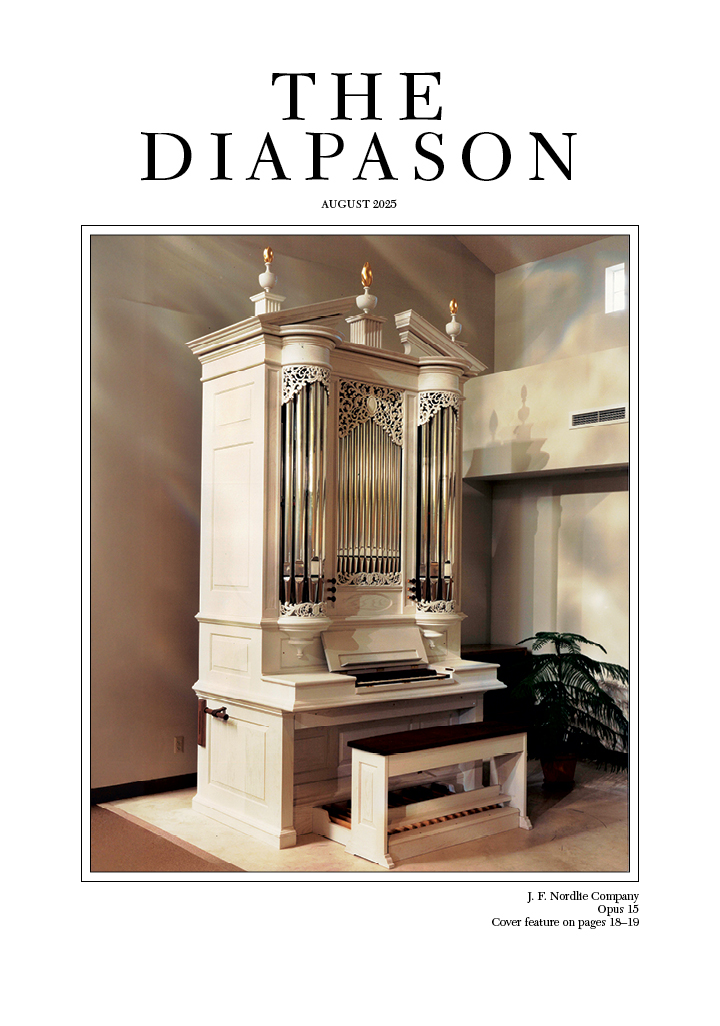"Wisdom and Kindness" from the collection, A Woman of Valor, by Norberto Guinaldo.
"She opens her mouth and the teaching of kindness is on her tongue" (Proverbs 31:26)
Number five in a set of seven pieces titled A Woman of Valor, "Wisdom and Kindness" is used here as a sample of the compositional style used in this set. Here the melodies are sinuous, undulant, and the harmonies lush and sensual. These pieces are based on Proverbs 31, which extolls the character of an ideal woman: a wife, a mother, a home maker, and a business partner.
For complete information: www.guinaldopublications.com







